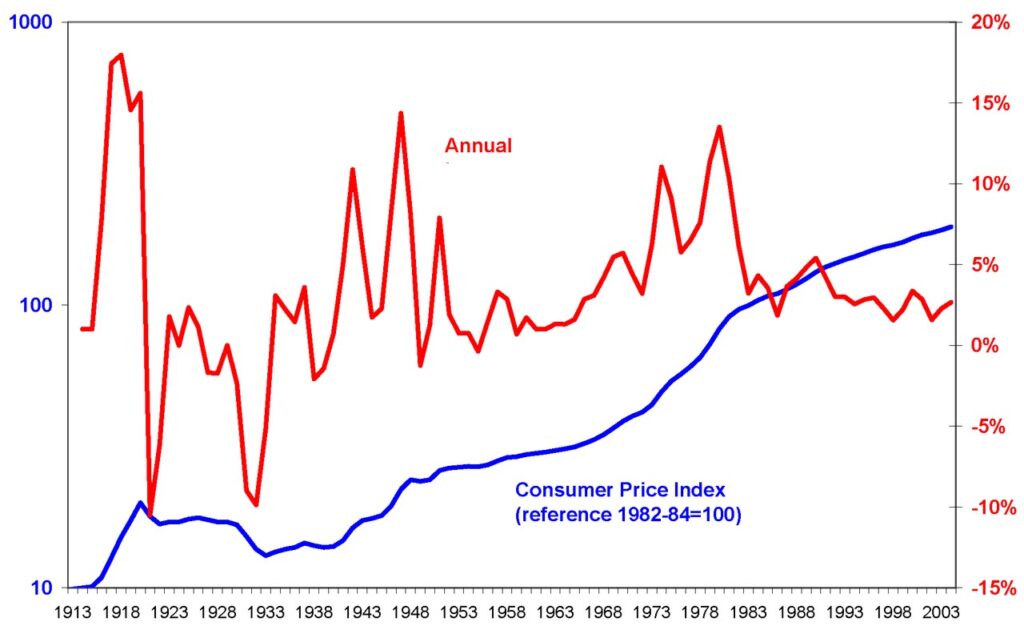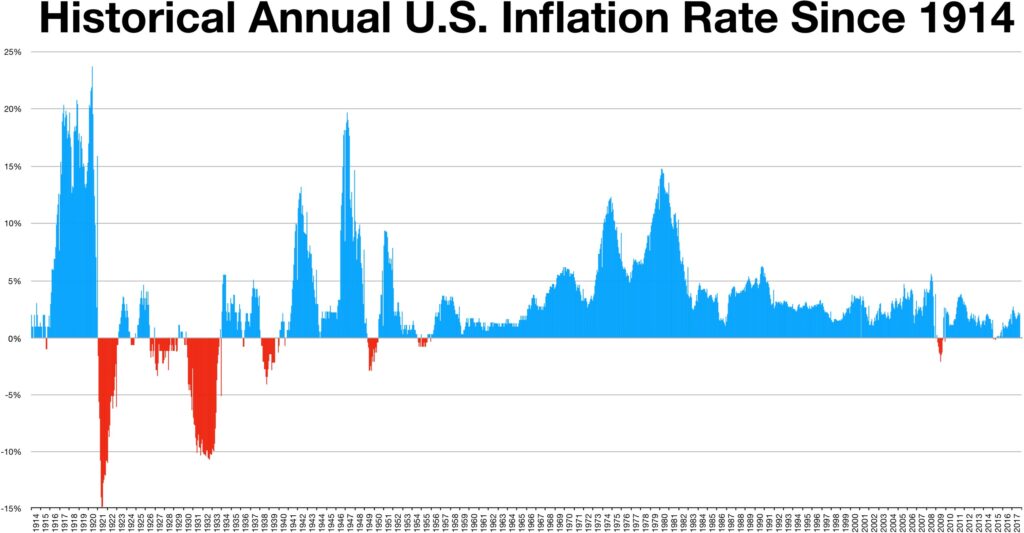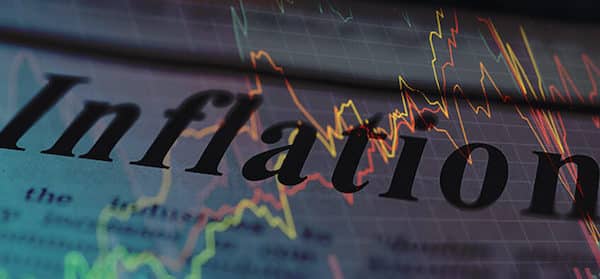January’s Consumer Price Index (CPI) report has delivered a wake-up call for households and investors alike: inflation is ticking upward at a 3% annual rate. This unexpected rise not only challenges the Federal Reserve’s long-term aim of a 2% inflation target but also hints at a tougher economic landscape in the months ahead.
The Data Behind the Surge
Economists had predicted a modest 2.9% increase in the CPI, but the actual figure came in at 3% year-over-year. On a monthly basis, prices spiked by 0.5%—a significant jump compared to the anticipated 0.3% increase and the strongest monthly rise since August 2023. Experts believe that this uptick is partly due to early-year price…
[11:06 PM, 2/12/2025] MBA: January Inflation Surge: What the Latest CPI Figures Mean for Your Budget
January’s Consumer Price Index (CPI) report has delivered a wake-up call for households and investors alike: inflation is ticking upward at a 3% annual rate. This unexpected rise not only challenges the Federal Reserve’s long-term aim of a 2% inflation target but also hints at a tougher economic landscape in the months ahead.

The Data Behind the Surge
Economists had predicted a modest 2.9% increase in the CPI, but the actual figure came in at 3% year-over-year. On a monthly basis, prices spiked by 0.5%—a significant jump compared to the anticipated 0.3% increase and the strongest monthly rise since August 2023. Experts believe that this uptick is partly due to early-year price adjustments by businesses, a trend that is now echoing across various consumer goods.
Some standout figures from the report include:
- Eggs: Prices soared by 15.2%, turning breakfast budgets topsy-turvy.
- Fuel Oil: Up 6.2%, impacting heating and energy costs.
- Used Cars and Trucks: A 2.2% rise that could affect those in the market for a vehicle.
- Auto Insurance: Increased by 2%, adding to the everyday cost of driving.
What Economists Are Saying
The persistent increase in inflation has prompted economists to reassess the pace of monetary easing. Fed Chair Jerome Powell recently indicated that the central bank isn’t in a rush to further reduce rates. This sentiment is echoed by Brian Coulton, chief economist at Fitch Ratings, who described the new data as “not a good number” and warned that it might signal a repeat of unexpected inflationary pressures seen earlier in the year.

Coulton noted, “It’s almost as if we’re revisiting the first half of 2024, when inflation caught everyone off guard. This data illustrates that the Fed’s job of taming inflation is far from complete—especially as fresh risks like tariff hikes and constrained labor market growth come into play.”
Indeed, there are concerns that policies reminiscent of past administrations—such as proposed broad-based tariffs on steel and aluminum imports—could further fuel inflationary pressures by effectively acting as a tax on imported goods, with higher costs eventually passed on to consumers.
The Impact on Borrowing and Daily Expenses
For everyday consumers, the implications are immediate and far-reaching. With the Fed pausing additional rate cuts, interest rates on loans and credit remain high. This means that whether you’re looking to finance a new car, manage credit card debt, or secure a mortgage, the borrowing costs are unlikely to ease anytime soon.
Whitney Watson, global co-head of fixed income at Goldman Sachs Asset Management, explained, “The stronger-than-expected CPI is likely to reinforce the Fed’s cautious approach. We’re looking at a period of ‘wait and see’ for further policy adjustments.”
Mortgage rates are another area of concern. Despite some rate cuts earlier in the year, mortgage rates are still hovering around 7%—a level not seen in nearly two decades.
How Should You Respond?
While the rising inflation figures might sound daunting, there are steps you can take to mitigate their impact:
- Budget Wisely: With prices on everyday items like eggs and fuel on the rise, revisiting your monthly budget can help you identify areas to cut back or save.
- Lock in Rates: If you’re considering a loan or mortgage, now might be the time to secure rates before any further increases.
- Stay Informed: Economic indicators like the CPI offer valuable insights into the broader market. Keeping abreast of these trends can help you make informed financial decisions.

The January CPI report underscores that the battle against inflation is far from over. As the Federal Reserve adopts a cautious approach, the current environment is likely to keep borrowing costs elevated, affecting everything from personal loans to major investments like homes and cars.
In this period of economic uncertainty, staying proactive about your financial planning is key. Whether it means adjusting your budget or locking in lower rates now, the best defense against inflation is a well-informed strategy tailored to your personal circumstances. Keep an eye on upcoming economic reports—each one could hold important clues about the road ahead for your wallet.










